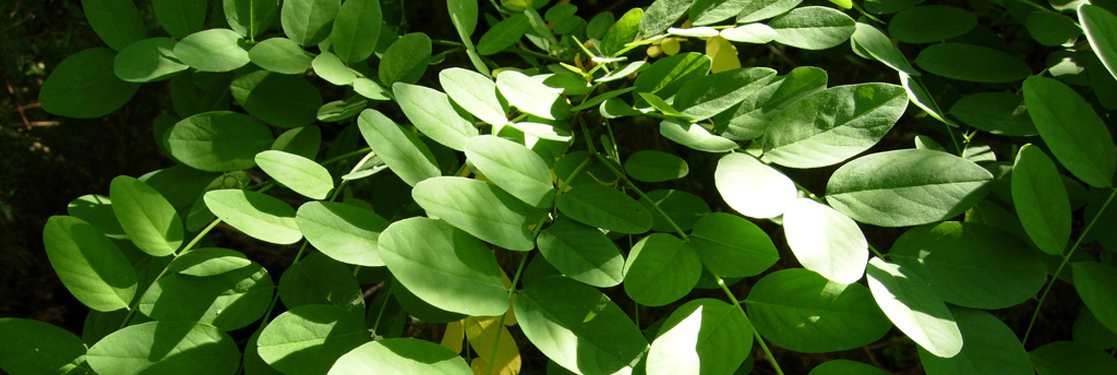Module 5: Plants Diversity & Reproduction
Section outline
-

A locust leaf consists of leaflets arrayed along a central midrib. Each leaflet is a complex photosynthetic machine, exquisitely adapted to capture sunlight and carbon dioxide. An intricate vascular system supplies the leaf with water and minerals and exports the products of photosynthesis. Image from Biology 2e from OpenStax, licensed under Creative Commons Attribution License v4.0 with the image credit: modification of work by Todd Petit
Upon completion of this module, you will be able to:1. Describe the organizational hierarchy of plants (organs, tissues, and cells)2. Describe primary and secondary growth in plants3. Describe how growth, morphogenesis, and cell differentiation help to produce the plant bodyTo achieve these objectives:
- Read the Module 5 Introduction
- Read and view the materials in the Module 5 Pressbooks book
- Read Chapter #10
- Complete the questions in each chapter section
Module Pressbooks Resources and Activities
You will find the following resources and activities in this module at the Pressbooks website. Click on the links below to access or complete each item.
-
-
This laboratory activity is from an OER Resource. In this laboratory, we will dive deeper into the animal world and learn about some of the organisms that are vertebrates. Animals that belong to the Phylum Chordata, Subphylum Vertebrata (from the Latin word vertebratus, which means 'jointed'), in addition to the notochord, pharyngeal gill slits, a dorsal hollow nerve cord, and a post-anal tail possess a backbone or vertebral column.
- Read the Module 5 Introduction
Background Colour
Font Face
Font Kerning
Font Size
Image Visibility
Letter Spacing
Line Height
Link Highlight
Text Colour
